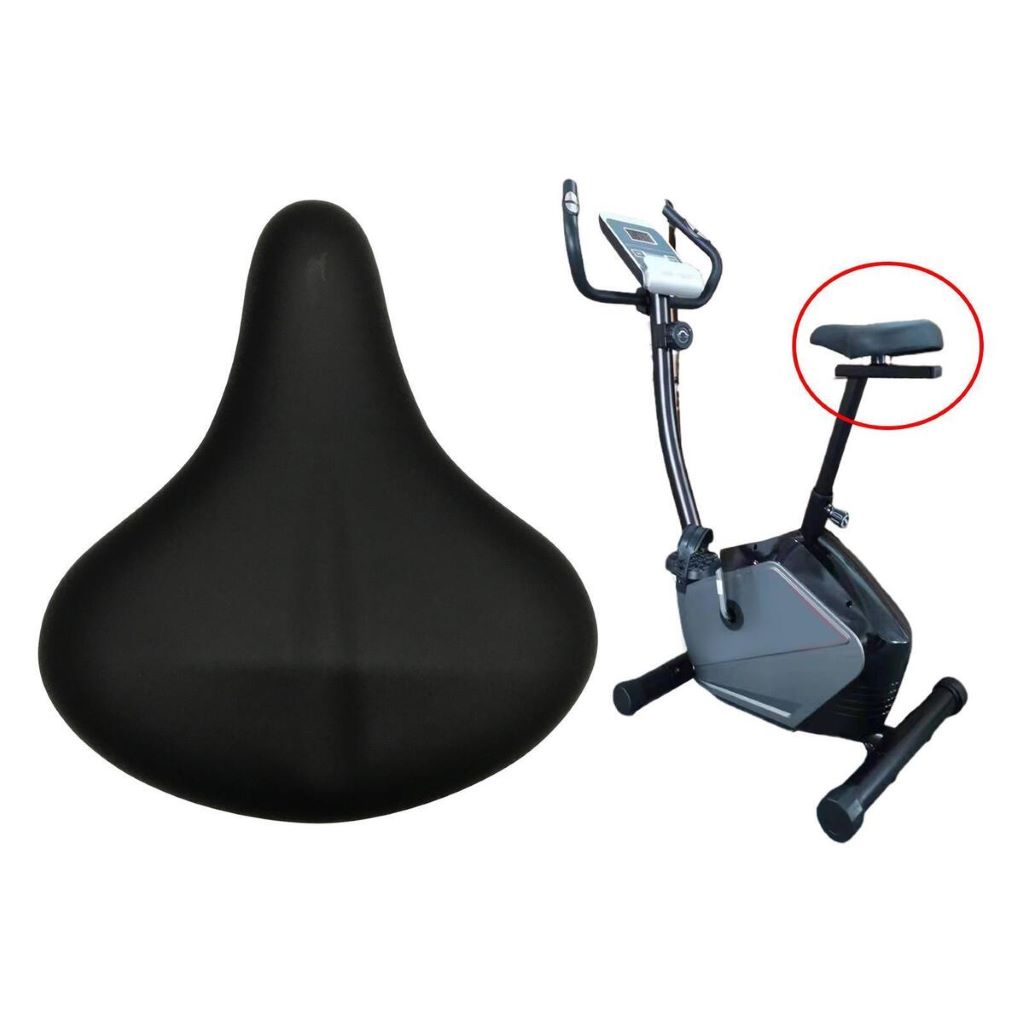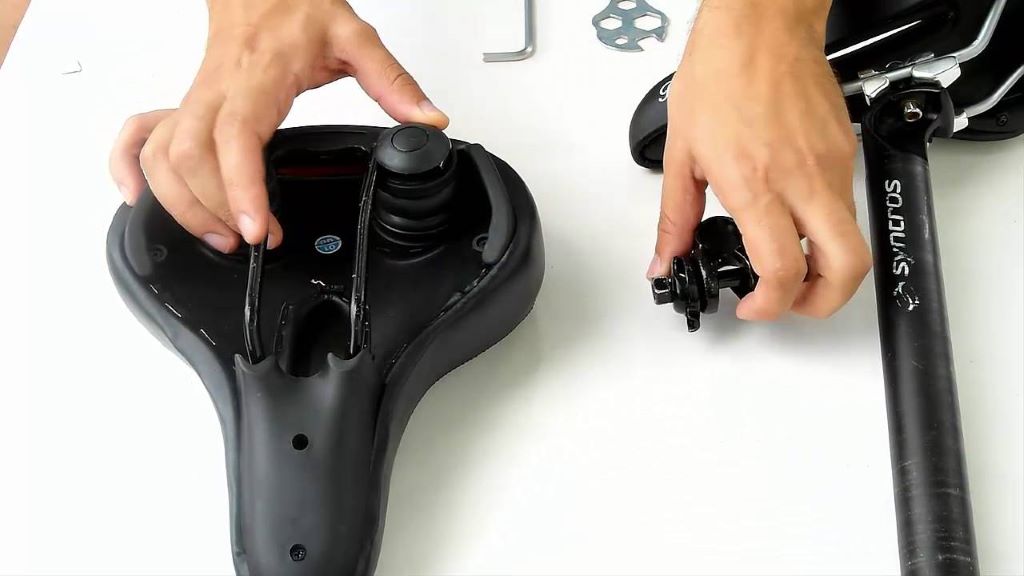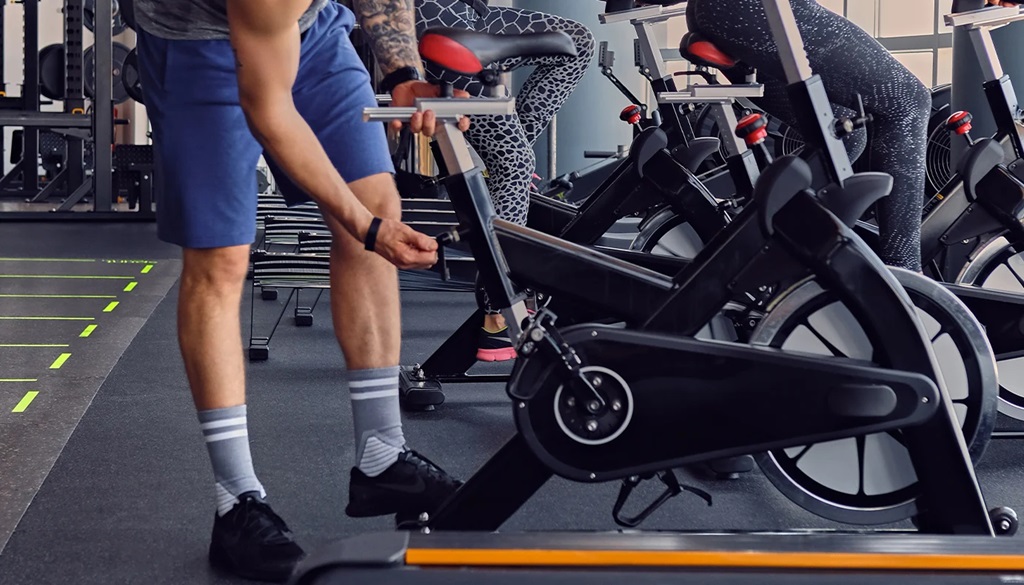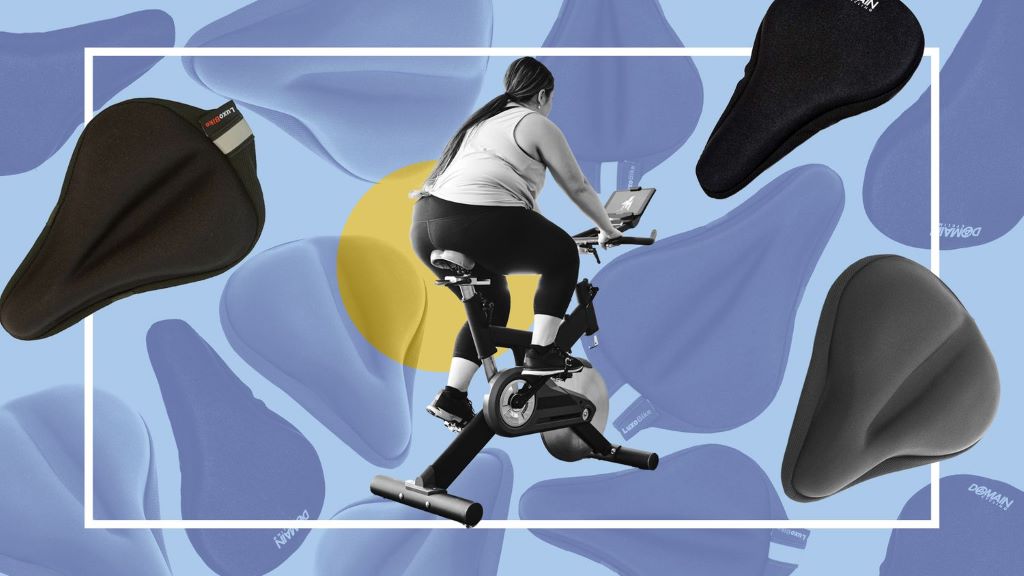For seasoned cyclists who frequently use an exercise bike, it’s common to notice wear and discomfort in the seat over time. Luckily, rejuvenating your exercise bike and improving your workout experience can be achieved through a straightforward and affordable means – replacing the seat. This comprehensive guide offers step-by-step instructions on how to return the seat of an exercise bike. It covers essential considerations when selecting a replacement seat, proper methods for removing the old seat and installing the new one, and answers to frequently asked questions about the process.
Should You Replace the Exercise Bike Seat?

Sitting on an exercise bike takes a lot of wear and tear during cycling workouts. Over time, the cushioning and padding can break down, leading to an uncomfortable riding experience. Replacing the seat is often a cost-effective way to breathe new life into an older exercise bike.
There are a few signs that it may be time to replace your exercise bike seat:
- The seat feels too hard or uneven when you sit on it.
- You experience discomfort like numbness or pain when riding, especially in your backside.
- The seat is visibly cracking, ripping, or sagging.
- No amount of adjusting the chair helps with riding discomfort.
If you notice any of these issues, such as discomfort, numbness, or pain during your workouts, it’s likely time to consider swapping out the seat. Adding exercise bike seats with back support can instantly improve comfort and make your workouts more enjoyable. Doing so ensures proper support for your lower back and enhances overall ergonomics, creating a more comfortable and practical exercise experience.
What to Look for in a New Exercise Bike Seat
When shopping for a new exercise bike seat, there are a few key features to keep in mind:
Seat Shape
Seat shape affects riding comfort and support. Here are some common exercise bike seat shapes:
- Contour seats have a curved indentation down the middle for tailbone support. They promote an upright riding posture.
- Split seats: As the name implies, these seats have a space or slot down the middle to relieve pressure. Some have extra tailbone padding.
- Noseless seats: Designed to eliminate pressure on sensitive areas, these have an open front rather than a narrow nose.
Consider your riding style and preferences when deciding on a seat shape. Testing different options can help determine what feels best.
Cushioning
Extra cushioning and padding help relieve pressure on your sit bones and tailbone. Gel pads and foam are common cushioning types. Ensure the cushioning is evenly distributed and doesn’t feel squishy or overly firm.
Size
Ensure you choose the right seat size and sit bone width for your body. Seats come in different widths to accommodate riders of all sizes. Measure your sit bones first if you’re unsure about width.
Material
Bike seats come in leather, plastic, Lycra, and carbon fiber. Leather or Lycra cloth over foam offers more flexibility and increased comfort for most riders. Hard plastic shells can feel unforgiving.
Pelvic Cutout
Some seats feature a center cutout to reduce pressure on delicate areas. This can be helpful for men and women when riding in an aerodynamic position.
Cover
Covers protect the seat’s padding from sweat and wear. Look for an easy-to-clean material like vinyl or artificial leather. Some cover feature strategically placed cutouts for ventilation.
How to Replace an Exercise Bike Seat

Replacing an exercise bike seat is a straightforward process anyone can tackle in a few simple steps:
Step 1: Remove the Old Seat
Start by loosening the nut or clamp under the seat rails that connect the seat to the post. You’ll need a Phillips-head screwdriver and possibly an adjustable wrench. Turn counterclockwise to loosen the nut.
Slide the seat forward to remove it from the seat post. Inspect the post and clean any grease or dirt so the new seat can slide easily.
Step 2: Install the New Seat
Slide the new seat onto the seat post, angling the nose down slightly. Make sure it slides down.
Position the seat centered on the post, facing straight forward. Use a level if needed to ensure it’s aligned properly.
Hand-tighten the nut or clamp it back onto the seat rails to secure it in place. Don’t overtighten—tight enough to keep the seat from twisting or moving is sufficient.
Step 3: Adjust the Seat
Your new seat will likely need some tweaking to get the right fit. Take it for a test ride and make minor adjustments as needed.
You want your legs to extend comfortably when pedaling. Move the seat up or down as required so your knees don’t overly bend or lock.
Ensure the seat is level. If it tilts down or up, loosen the nut and adjust the nose angle until it is level.
Fine-tune the fore and aft seat position so you don’t feel too cramped or stretched out. Leave a small space between the seat and your backside when pedaling.
Summing Up Replacing Exercise Bike Seats

While exercise bikes come with standard seats, it’s common to need a replacement after regular use due to wear and tear. Swapping out the seat can instantly revive an older bike and eliminate riding discomfort. Look at the seat shape, padding, size, and other factors when selecting the best model for your needs and riding style. Replacing the seat is a simple DIY job anyone can tackle in just a few minutes. With a bit of adjustment, your new seat will be ready for enjoyable, pain-free cycling sessions. Investing in the right seat improves comfort, promotes longer workouts, and can make your exercise bike feel new again.
FAQs
Q: What tools do I need to replace an exercise bike seat?
A: You’ll typically need a Phillips head screwdriver and possibly an adjustable wrench to remove the old seat. Ensure you have tools to attach the new chair, such as a hex wrench.
Q: How can I find the right-sized exercise bike seat?
A: Measure the width between your seat bones to determine your correct seat width. Compare this to the seat dimensions when shopping. Narrower seats are generally 131-139 mm wide; medium are 140-149 mm; more comprehensive options are 150-160 mm.
Q: Should my new exercise bike seat be level?
A: A level seat is essential for proper cycling posture and comfort. Sit on the bike and use a small bubble-level tool on the seat top to ensure it’s aligned evenly before tightening into place.
Q: Why is my new exercise bike seat still uncomfortable?
A: It can take some time to break into a new bike seat. Ride for short periods at first. Make sure you have the correct width. If discomfort persists, you may need to try a different seat shape or thickness. Proper adjustment of seat height can also help.
Q: How often should I replace my exercise bike seat?
A: Plan to replace exercise bike seats with frequent use every 1-2 years. Signs it’s time for a new seat include ripped/worn material, uneven/sagging cushioning, and discomfort during rides. Regular cleaning can prolong the seat’s lifespan.
In conclusion, replacing the seat on an exercise bike is not only feasible but also a practical way to enhance your indoor cycling experience. This simple upgrade can significantly improve comfort, tailor the bike to your specific needs, and potentially increase the longevity of your workouts. While changing the seat on your exercise bike can significantly enhance your cycling performance and comfort, exploring activities like swimming is equally important, offering five key reasons that benefit both fitness enthusiasts and those seeking a more varied and enjoyable workout routine.





